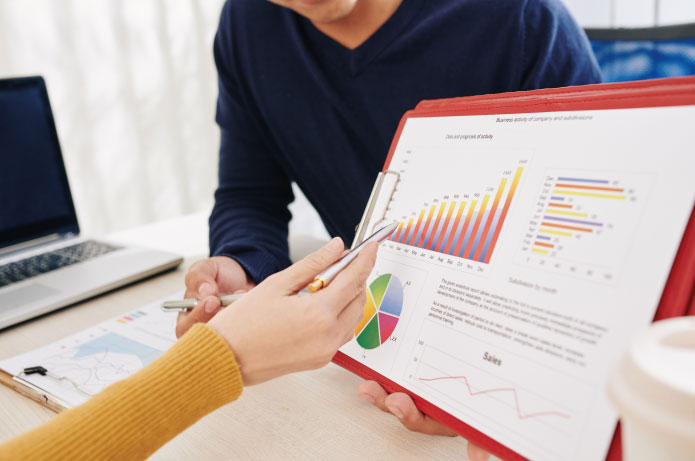As clínicas de diagnósticos estão cada vez mais inseridas no universo do marketing digital, utilizando a tecnologia para facilitar o agendamento de consultas e exames. A digitalização dos processos não só melhora a eficiência operacional, mas também aprimora a experiência do paciente, tornando-a mais ágil e personalizada.
De acordo com a 6ª edição do Perfil do Paciente Digital, divulgada pela Doctoralia em 2024, 84% dos agendamentos de consultas médicas no Brasil são realizados por meio de dispositivos móveis, como celulares e tablets. Além disso, o estudo revelou que 43% dos brasileiros utilizaram a telemedicina durante a pandemia, indicando uma crescente aceitação dos serviços de saúde online no país.
No Brasil, 94% das empresas já adotam o marketing digital como estratégia de crescimento, segundo a pesquisa “Maturidade do Marketing Digital e Vendas no Brasil”, realizada por Resultados Digitais, Mundo do Marketing, Rock Content e Vendas B2B. No setor de saúde, esse movimento se traduz em iniciativas como a implementação de sistemas de agendamento online, que permitem aos pacientes marcar consultas a qualquer hora do dia, sem precisar ligar para a clínica. Além da praticidade, essa automação reduz a sobrecarga das recepções, minimiza erros e aumenta a taxa de comparecimento, já que os sistemas enviam lembretes automáticos.
A presença digital também é estratégica para atrair e fidelizar pacientes. Para Victor Okuma, Country Manager da Indigitall, empresa especializada em comunicação omnichannel, a combinação de um site otimizado para SEO (uso de palavras-chave e conteúdos bem estruturados), redes sociais ativas, marketing de conteúdo e campanhas ativas de canais como Whatsapp é essencial. “Clínicas que investem nessas frentes conseguem não apenas atrair novos clientes, mas também criar um relacionamento de longo prazo com os pacientes. O marketing de conteúdo, por exemplo, estabelece a clínica como referência em saúde, enquanto campanhas pagas aumentam a visibilidade entre o público-alvo local”, explica.
O uso de chatbots e tecnologias automatizadas tem sido outra aposta das clínicas. No Brasil, há cerca de 164 mil chatbots em operação, segundo o Mapa do Ecossistema Brasileiro de Bots, da Mobile Time. Essas ferramentas auxiliam no atendimento inicial, respondem dúvidas frequentes e facilitam o agendamento, tornando a comunicação mais ágil e eficiente.
As redes sociais também desempenham um papel importante na humanização da marca. “Elas permitem que as clínicas se conectem emocionalmente com os pacientes, compartilhando conteúdos informativos e interagindo diretamente com o público”, diz Okuma.
Mas não basta estar presente no digital – é preciso medir resultados. Ferramentas como Google Analytics, HubSpot e Facebook Insights ajudam as clínicas a monitorar métricas como leads gerados, taxa de conversão, ROI (Retorno Sobre Investimento) e CAC (Custo de Aquisição por Cliente). “Além dessas métricas, é fundamental analisar o feedback dos pacientes sobre o processo de agendamento e o atendimento recebido. A melhoria contínua garante um serviço mais alinhado às expectativas do público e, consequentemente, um aumento na taxa de agendamentos”, complementa Okuma.
Com estratégias bem planejadas e monitoramento constante, as clínicas de diagnósticos seguem o caminho da inovação, garantindo eficiência nos serviços e uma experiência mais satisfatória para os pacientes.


